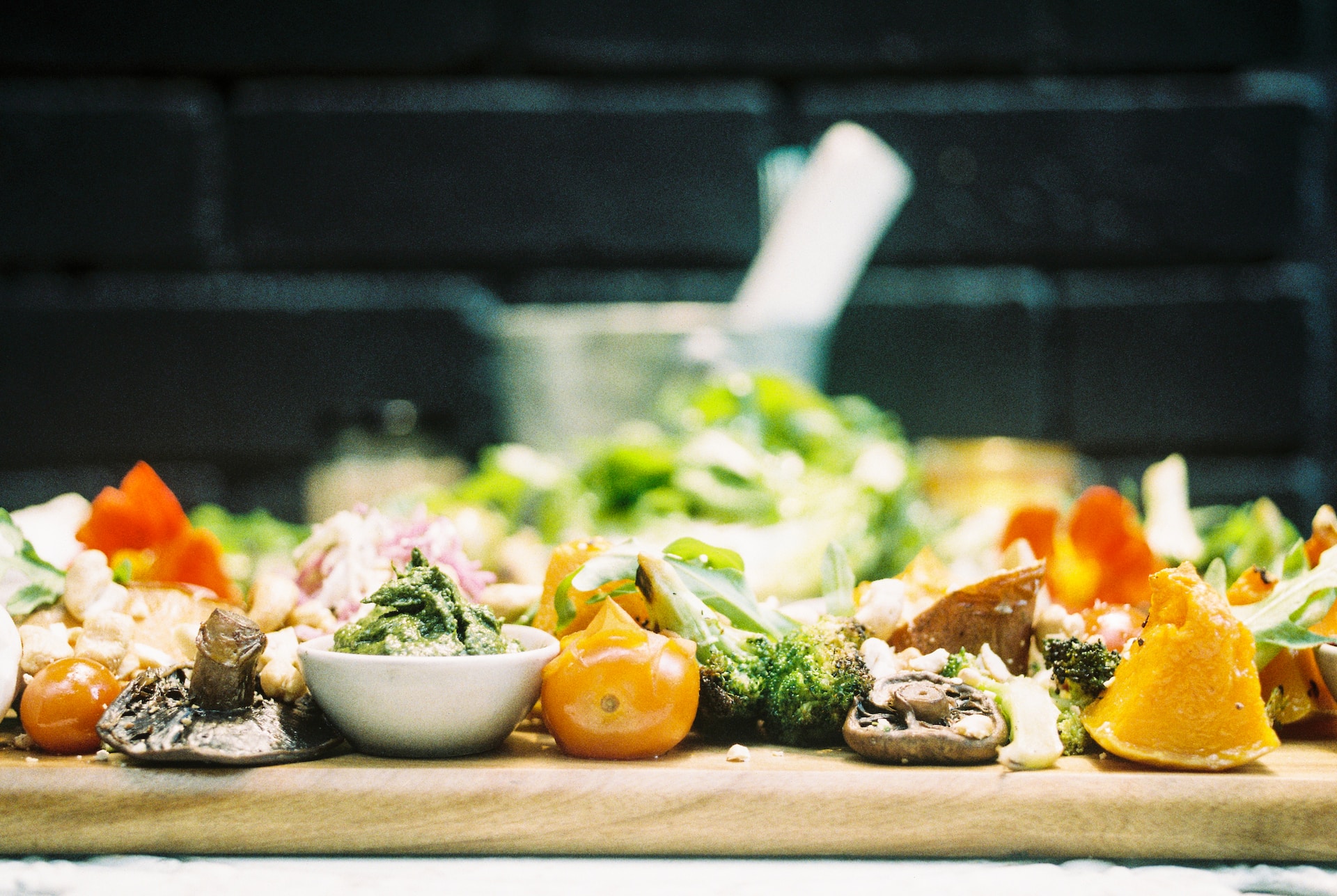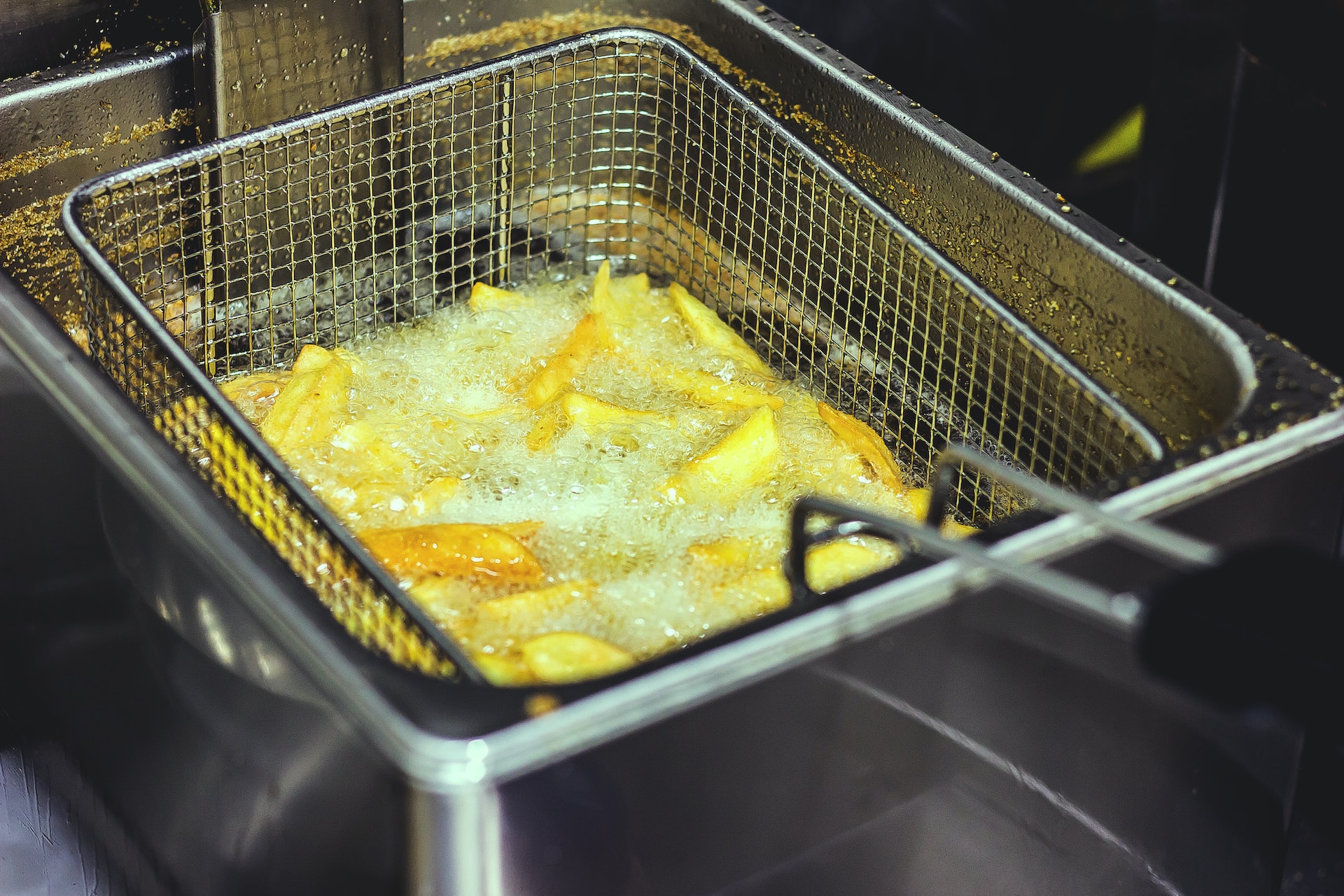Soda is a beloved and ubiquitous beverage enjoyed by people of all ages across the globe. Whether you prefer cola, lemon-lime, or root beer, there’s no denying the refreshing and often addictive qualities of this carbonated drink. But have you ever noticed that soda can taste different when you order it at a restaurant compared to when you drink it at home?
In this article, we’ll dive into the reasons behind this phenomenon and explore the science, technology, and psychology that contribute to the taste of soda in restaurants. From the chemistry of soda and the equipment used to serve it, to the role of branding and the future of the industry, we’ll uncover the mysteries of this fizzy beverage and help you better understand why your favorite soda might taste a little different the next time you order it at a restaurant.
The Restaurant Experience
When it comes to soda, the restaurant experience can have a significant impact on how it tastes. Here are some factors to consider:
The Role of Ice in Soda Taste
Ice can play a big part in how soda tastes, and it’s often a matter of personal preference. Some people like their soda ice-cold, while others prefer it at room temperature. The amount of ice used can also affect the taste. If too much ice is added, it can dilute the flavor of the soda, making it taste weaker. On the other hand, too little ice can cause the soda to get warm quickly, which can also affect the taste.
The Use of Fountain Machines and How They Work
Most restaurants serve soda from a fountain machine, which can affect the taste in several ways. Fountain machines mix syrup and carbonated water to create soda, and the ratio of syrup to water can vary depending on the machine. Some machines are set up to deliver more syrup per serving, resulting in a sweeter taste, while others have a lower ratio of syrup to water, resulting in a less sweet taste. Additionally, the pressure and temperature of the machine can also affect the taste of the soda.
The Type of Glassware and Its Impact on Soda Taste
Believe it or not, the type of glassware used to serve soda can impact how it tastes. Some glasses are designed to enhance the flavor of the soda, while others can detract from it. For example, a glass with a narrow opening can concentrate the aroma of the soda, making it more fragrant and flavorful. On the other hand, a wide-mouthed glass can allow the soda to lose its carbonation and flavor more quickly.
The Cleanliness of the Equipment and Its Impact on Soda Taste
The cleanliness of the soda equipment can also affect the taste of the drink. If the soda machine or dispenser isn’t cleaned regularly, it can develop a buildup of bacteria or mold, which can affect the taste of the soda. Additionally, dirty glasses or straws can also affect the taste of the soda, as they can introduce contaminants that alter the flavor. For this reason, it’s important for restaurants to maintain a high level of cleanliness when it comes to their soda equipment and serving ware.
By considering these factors, restaurant owners and soda enthusiasts alike can gain a better understanding of why soda tastes different in restaurants and how to optimize the restaurant soda experience for the best taste possible.
The Role of Branding
The branding of soda can have a significant impact on how it tastes, both in terms of the actual flavor and the perception of taste. Here are some factors to consider:
The Impact of Brand Preferences on Soda Taste
Many people have a strong preference for a particular soda brand, and this can affect how they perceive the taste of the drink. In blind taste tests, people often rate their preferred brand higher than other brands, even when the actual taste is the same. This is because people have a preconceived notion of what their favorite soda should taste like, and their brain interprets the flavor accordingly.
The Influence of Advertising on Taste Perception
Advertising can also affect how people perceive the taste of soda. For example, if a soda brand runs an ad that emphasizes the crisp, refreshing taste of their product, people may perceive the soda as having a crisper and more refreshing taste than other brands, even if the actual taste is the same. This is because advertising can influence people’s expectations of how the soda should taste, and their brain interprets the flavor accordingly.
The Psychology of Brand Loyalty and How It Affects the Perception of Soda Taste
Brand loyalty is a powerful force when it comes to soda, and it can influence how people perceive the taste of the drink. People who are loyal to a particular soda brand may be more likely to rate the taste of that brand higher than other brands, even if the actual taste is the same. This is because brand loyalty can create a positive association with the brand, which can enhance people’s perception of the taste.
The Future of Soda
The soda industry is constantly evolving, with new trends and innovations emerging all the time. Here are some factors to consider when it comes to the future of soda:
Emerging Trends in the Soda Industry
One trend that has been growing in popularity in recent years is the rise of craft soda. Craft sodas are often made with natural ingredients and have unique and interesting flavors, such as lavender or elderflower. Additionally, there has been a growing demand for low-sugar and sugar-free sodas, as more people become aware of the health risks associated with consuming too much sugar.
The Impact of Health Concerns on Soda Consumption
The rise of health concerns around soda consumption, including the link between sugary drinks and obesity, has led to a decline in soda sales in some markets. This has prompted soda companies to explore new ways to appeal to health-conscious consumers, such as developing low-sugar and sugar-free options, as well as promoting the use of natural ingredients.
The Future of the Restaurant Soda Experience
As technology continues to advance, the restaurant soda experience is likely to change as well. One potential innovation is the use of self-serve soda machines, which would allow customers to customize their soda flavors and carbonation levels. Additionally, restaurants may explore new ways to enhance the taste of soda, such as experimenting with different types of water or using specialized glassware.
Conclusion
In conclusion, the taste of soda in restaurants can be influenced by a variety of factors, including the science of soda, the restaurant experience, and the role of branding. By understanding these factors, both consumers and restaurant owners can gain a better appreciation of what contributes to the taste of this beloved beverage.
To recap, we discussed the chemistry of soda and the factors that can affect its taste, including carbonation, sweetness, acidity, and flavoring. We also explored the impact of the restaurant experience on soda taste, including the role of ice, fountain machines, glassware, and cleanliness. Additionally, we delved into the role of branding and how it can influence both the actual taste of soda and the perception of taste.
As the soda industry continues to evolve, it’s likely that we’ll see new trends and innovations emerge, such as the rise of craft soda and low-sugar options. Additionally, the future of the restaurant soda experience may be shaped by technology, such as the use of self-serve machines or specialized glassware.
In the end, the taste of soda is a complex and multifaceted topic that is influenced by a variety of factors. By gaining a better understanding of these factors, both consumers and restaurant owners can ensure that they are getting the most out of this beloved beverage.




